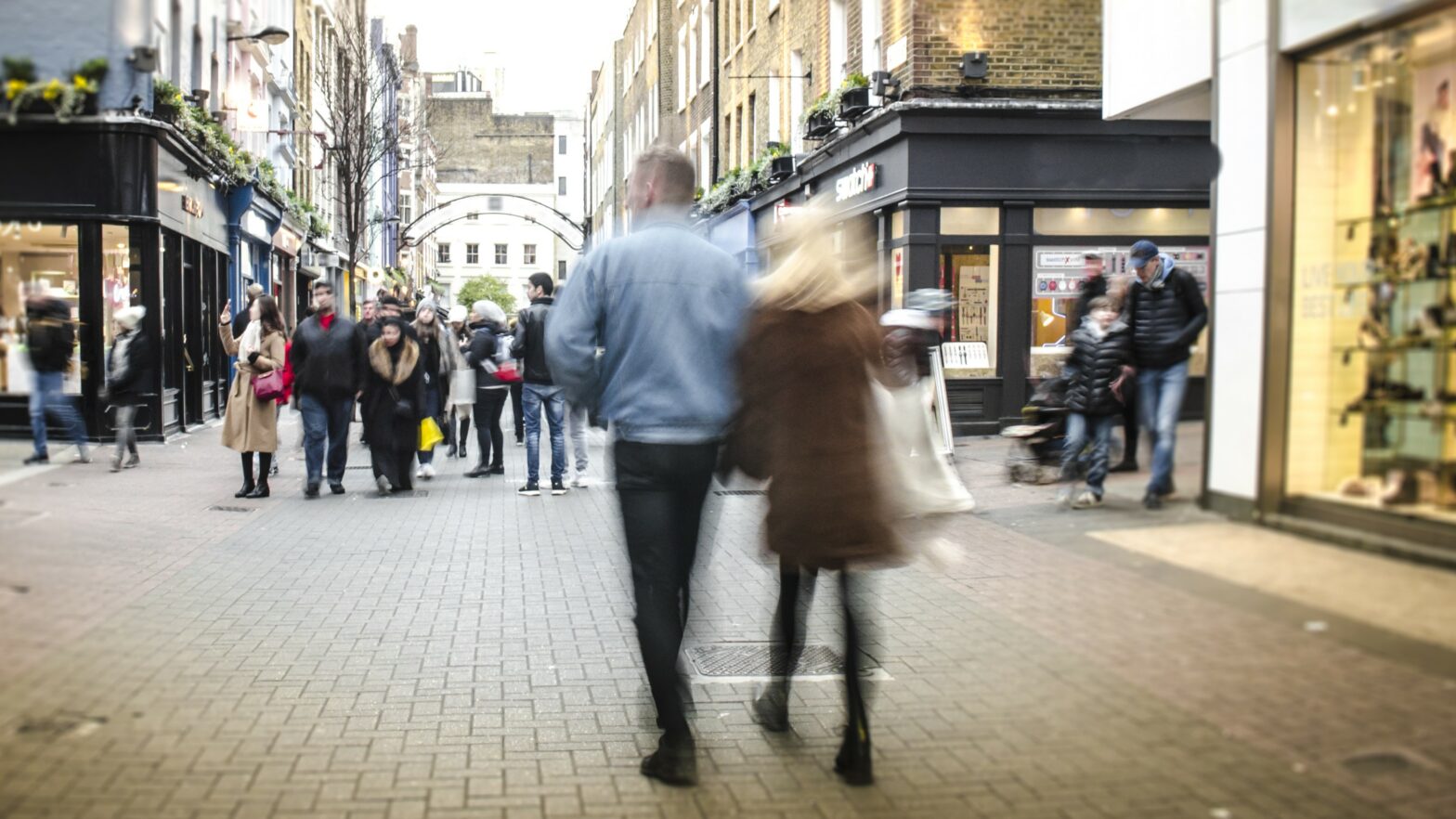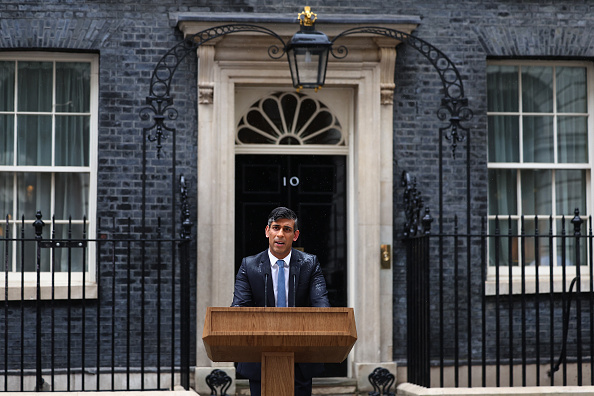Independent small businesses are clawing back the high street after years of being elbowed out by landlords greedy for chain brands.
More small businesses opened rather than closed on the high street for the first time since 2017 over the first half of this year.
The pandemic has accelerated the collapse of chain midmarket brands such as Topshop and Debenhams this year, while home working has led to a boom for local convenience stores, barbers and fast food takeaways as people spend locally.
>See also: Nearly 17% of small businesses at risk of insolvency
This is in significant contrast to the number of chain retail units that fell vacant between January and June, with over 5,000 becoming empty, according to the Local Data Company, which surveyed more than 550,000 units for its study.
Top 10 independent retailer openings H1 2021
| Type | No. of openings |
|---|---|
| Convenience stores | 323 |
| Barbers | 317 |
| Fast food takeaway | 311 |
| Grocers | 208 |
| Takeaway food shops | 184 |
| Mobile phones | 149 |
| Beauty parlours | 132 |
| Pizza takeaway | 104 |
| Ice cream parlours | 76 |
| Restaurant and bar | 70 |
Independent businesses have taken over these retail units, helped by landlords offering rent-free periods and contributions to fitting-out costs to encourage take-up of empty high street or shopping centre units.
Lucy Stainton, commercial director at the Local Data Company, said: “For the first time since the onset of the pandemic, there may be some cause for optimism when it comes to the performance of our high streets. “
Stainton attributed the bounce back of independent businesses to Government Covid-19 emergency financial support, lockdowns creating appetite for takeaway food and convenience food, and consumers increasingly concerned with provenance of products, sustainability and supporting local businesses.
Stainton said: “Independent operators are also benefitting from the volume of available units, many of which come with attractive deals from a new market of shopping centre landlords who are now looking to the independent sector to fill the significant number of stores being vacated by chains.”
>See also: How much national insurance hike will cost your business
However, Craig Beaumont of the Federation of Small Businesses, warned about getting too carried away by the findings, as many independent retailers face significant problems as they emerge from the pandemic.
“Wholesale and retail is still the second highest user of furlough and we know that the smaller the business, the more likely it is to be using [the scheme] and coming off it slower,” Beaumont told The Times.
“In addition, small businesses are about to be hit by three tax rises: self-employed national insurance contributions if they set up as self-employed sole traders; employer national insurance contributions if they employ four or more people in their shop; and an extra 1.25 per cent on dividends if they set up as a limited company.”





